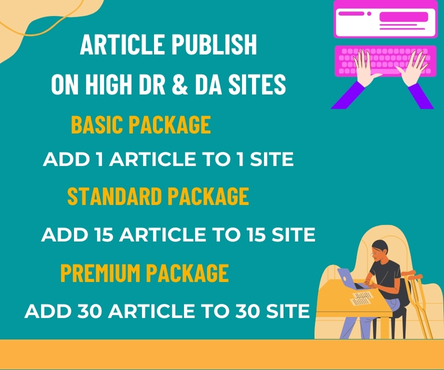In the world of branding, a logo is more than just a visual representation of a company – it’s a symbol of identity, values, and purpose. A well-designed logo can make all the difference in establishing a strong brand presence, building customer loyalty, and driving business success. In this article, we’ll explore the importance of logo design and what makes a logo truly effective.
The Role of a Logo in Branding
A logo serves as the face of a company, providing an instant visual cue that communicates the brand’s message, values, and personality. It’s often the first point of contact between a customer and a brand, making it a crucial element in forming a lasting impression. A logo can evoke emotions, convey professionalism, and even influence consumer perceptions. Consider iconic logos like Nike’s swoosh or Apple’s bitten apple – these symbols have become synonymous with their respective brands and evoke strong emotions in consumers.
Key Elements of Effective Logo Design
So, what makes a logo design effective? Here are some key elements to consider:
- Simplicity: A simple logo is more memorable and versatile. Think of logos like McDonald’s or Adidas – their simplicity makes them easily recognizable.
- Uniqueness: A logo should be distinctive and stand out from the competition. Avoid clichés and overused design elements that can make your logo look generic.
- Scalability: A good logo should be legible and retain its integrity at various sizes. Whether it’s on a business card or a billboard, your logo should look great in any format.
- Color: Colors can evoke emotions and convey meaning. Choose colors that align with your brand’s values and personality.
- Typography: The font and typography used in a logo can greatly impact its overall look and feel. Ensure the typography is clear, readable, and consistent with your brand’s tone.
The Benefits of a Well-Designed Logo
A well-designed logo offers numerous benefits for businesses, including:
- Increased brand recognition: A memorable logo helps customers remember your brand and associate it with positive experiences.
- Professionalism: A high-quality logo conveys a sense of professionalism and expertise, establishing trust with potential customers.
- Differentiation: A unique logo sets your brand apart from competitors and helps you stand out in a crowded market.
- Emotional connection: A logo that resonates with customers can create an emotional connection, fostering loyalty and advocacy.
- Consistency: A well-designed logo ensures consistency across all marketing materials, reinforcing your brand’s message and values.
The Impact of a Poorly Designed Logo
On the other hand, a poorly designed logo can have negative consequences, such as:
- Confusion: A logo that’s unclear or confusing can lead to misunderstandings about your brand’s purpose or values.
- Unprofessionalism: A low-quality logo can give the impression of an amateurish or unprofessional business.
- Lack of recognition: A logo that’s unmemorable or forgettable can make it difficult for customers to recognize and remember your brand.
Conclusion
A well-designed logo is a vital component of a successful brand identity. By incorporating key elements like simplicity, uniqueness, and scalability, businesses can create a logo that resonates with customers and sets them apart from the competition. A great logo design can increase brand recognition, convey professionalism, and create an emotional connection with customers. Invest in a high-quality logo design, and reap the benefits of a strong brand presence that drives business success.

